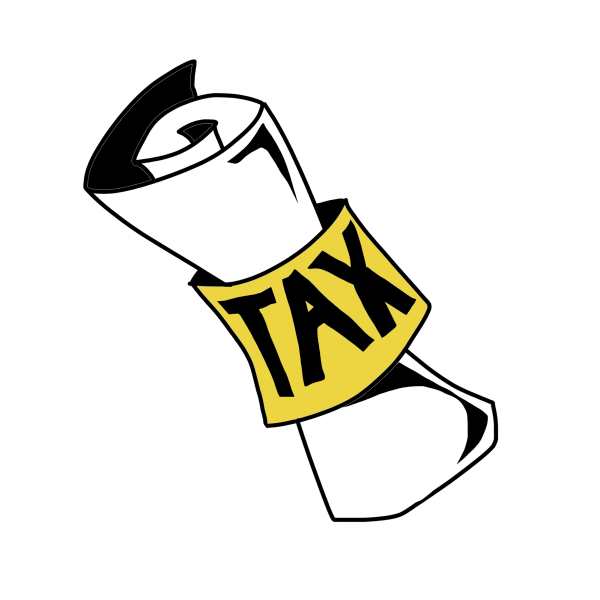The majority of the ballot’s length comes from two to three ballot measures, essentially citizen referenda, on various issues: Issue 1: new Redistricting Commission; Issue 49: Cleveland Metropolitan School District tax levy + bonds; Issue 55: cigarette tax increase to fund Cuyahoga County Arts and Culture.
In the most simple terms, Issue 1 proposes a state constitutional amendment. It will disband the current Ohio Redistricting Commission—the current body that makes voting districts and is made up of seven elected representatives. Instead, a new group will take its place, the “Ohio Citizens Redistricting Commission” to draw these state maps. Organizers claim that this group will be made up of Democrats, Republicans and Independents who reflect the state’s geographic and demographic area, banning politicians from the process.
The group who wrote Issue 1 and got it onto the ballot, Citizens Not Politicians, said in a statement to News5 that “Our support is coming from a broad coalition of Republicans, independents and Democrats who want to get the politicians out of the process because they’ve demonstrated repeatedly that they are either unwilling or unable to pass fair maps.” They cite the overall gerrymandering of Ohio’s voting districts and the fact that previous voting maps were rejected by the Ohio Supreme Court seven times, throwing the election process into disarray.
Opposed to the initiative, Ohio Works claims that Issue 1 will do the opposite, that it is a “cynical attempt to trick Ohio voters by promising to end gerrymandering and empower citizens when in fact the amendment forces gerrymandering in the Ohio constitution and removes accountability to Ohio voters.” Their argument holds that politicians are accountable for their redistricting actions while this new commission would not be.
The ballot language on the physical ballot has been contested, with the ballot summary noting that this commission would be “required to gerrymander.” While the language, written by Republican Secretary of State Frank LaRose, was challenged in the state Supreme Court, it was left mostly intact.
In terms of endorsements from parties, many state democrats have embraced the issue, while republicans on both the state and national levels have spoken out against the move. Local leaders, such as Mayor Justin Bibb and County Executive Chris Ronayne, have yet to speak out. One former Republican presidential candidate, Vivek Ramaswamy, has come out against it.
For I1:
State Level Officials
- Senate Democratic Leader Nickie J. Antonio
- House Democratic Leader Allison Russo
Federal Officials:
- Sherrod Brown
Against I1:
State Level Officials
- Governor Mike DeWine
- Secretary of State Frank LaRose
Federal Officials:
-
- Bernie Moreno
- Former President Donald Trump
On the county level, there is another ballot issue: Issue 55. This will increase the tax on cigarettes from 1.5% to 3.5% to supply more funding for Cuyahoga Arts and Culture, a public arts funder in Northeast Ohio.
The proposal has its proponents in various Cleveland-area cultural institutions, such as MoCA Cleveland and the Children’s Museum of Cleveland. These institutions have encouraged their patrons to vote in favor of the issue. However, there are some conversations about the ethics of a regressive tax. Prices are expected to increase by thirty to forty cents for a pack of cigarettes.
For Cleveland voters, there is the question of increasing a tax levy to fund the Cleveland Municipal School District (CMSD), the public school system in Cleveland, known as Issue 49. This calls for an operating levy increase and a $295 million bond extension for 35 years.  On the former, property taxes will increase by $301 for $100,000 of proprietary value, forecasted to be $3.73 per week for a middle-value home. Many within CMSD call this increase as necessary to avoid an impending budget shortfall. The CEO of CMSD, Warren Morgan, noted in his latest State of the Schools address that the district is expecting a $110 million shortfall.
On the former, property taxes will increase by $301 for $100,000 of proprietary value, forecasted to be $3.73 per week for a middle-value home. Many within CMSD call this increase as necessary to avoid an impending budget shortfall. The CEO of CMSD, Warren Morgan, noted in his latest State of the Schools address that the district is expecting a $110 million shortfall.


